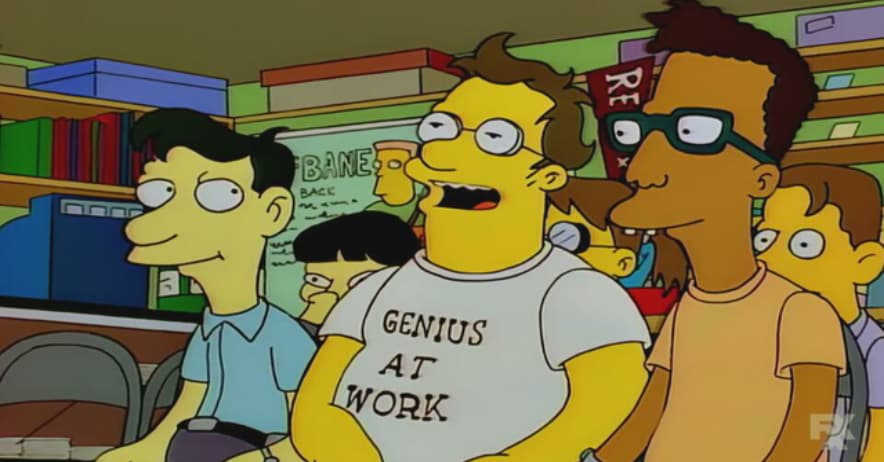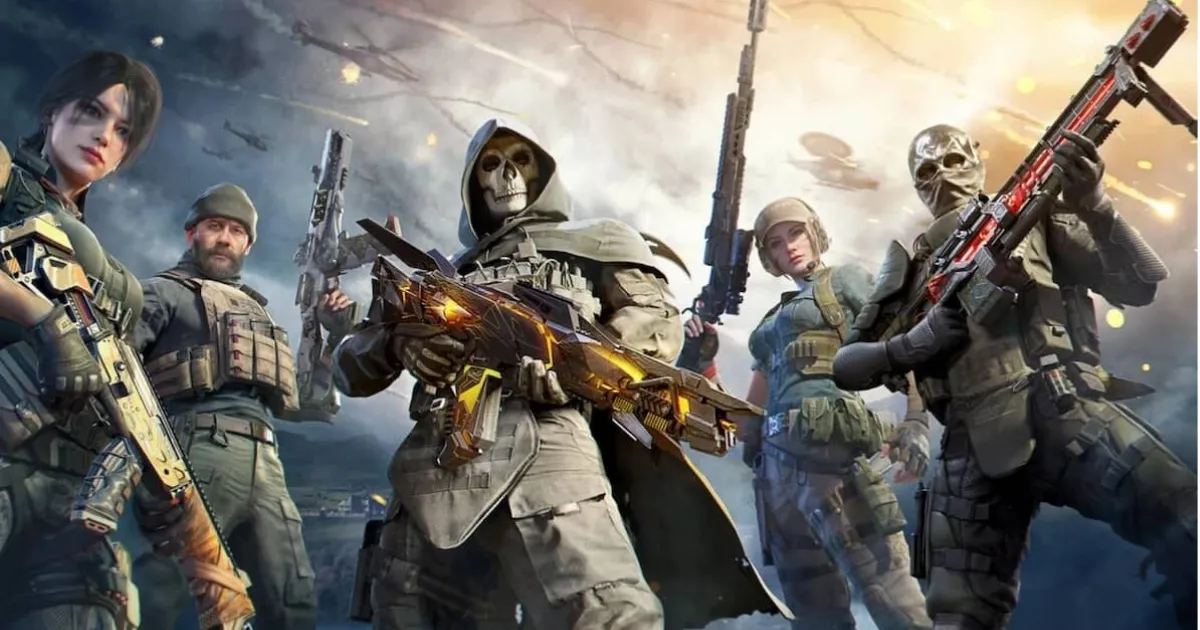Entertainment industries strive for authenticity when telling their narratives through film and television, often striving toward realism to draw audiences into their narratives. Recently, however, an intriguing trend has surfaced – the creation of fake video games within fictional universes to add layers of authenticity and provide layers of depth within these worlds. This article delves deep into this fascinating realm by looking into its impact on storytelling and audience connection to the characters within them.
As technology develops, filmmakers and showrunners can craft lifelike digital experiences for their characters in fiction gaming media. This creative effort adds depth and dimension to narratives and showcases world-building efforts at work.
One popular approach is integrating games within the narrative itself. For instance, in “Black Mirror,” episode “Playtest” introduces SaitoGemu: Whirlwind as part of its plotline – blurring reality with fiction. At the same time, characters navigate both their real lives and those within virtual realities within the show itself.
One of the greatest delights of playing fake video games lies in discovering their creative titles and gameplay concepts conjured up by their creators. These fictional titles often provide subtle commentary on characters’ personalities or themes from the narrative, such as in the futuristic racing game Death Race from the movie “Death Race”, or the quirky puzzle game Polybius from the TV show Stranger Things.”
Fake video games play an invaluable part in character development, offering insight into their interests, fears, and moral compass. In “Scott Pilgrim vs. The World,” protagonist Scott Pilgrim’s journey is inextricably tied with defeating seven evil ex-lovers–an action mirroring classic video game structures–adding humor while at the same time providing an avenue of personal growth and self-discovery for him as his journey unfolds against seven formidable foes resembling traditional video games–an exercise we all recognize as metaphorical.
Cult Followings and Easter Eggs Fake video games often command an impressive fan base despite not existing in reality. Their appeal lies in their creative designs, with enthusiasts longing to experience them even vicariously through characters on-screen. Creators frequently include Easter eggs or subtle references in these fictional titles so dedicated viewers or gamers can find continuity by searching out hidden details within these fictional works of fiction.
Real-World Influence
Fake video games often have far-reaching implications beyond their fictional boundaries, inspiring real developers to bring these creative creations to life in reality. One such case was “Duel Monsters” from “Yu-Gi-Oh! Trading Card Game”, inspired by the fictional game from an anime series that inspired. Such instances demonstrate the significant effect of entertainment on popular culture maxbet login.
Ethical Dilemmas in Virtual Realms
With the boundaries between real and virtual realities increasingly blurred, some narratives explore the ethical repercussions of gaming. David Foster Wallace’s novel of the same name contains an insightful video game, “Infinite Jest,” that examines its addictive quality as entertainment and any adverse impacts it might have on individuals or society. These cautionary tales provoke audiences to reflect upon how technology impacts them personally and prompt reflection among themselves.
Conclusion
Fake video games have become essential in film and television storytelling, adding depth to characters, expanding world-building, and captivating audiences with imaginative concepts. From futuristic simulations to nostalgic throwbacks, fake video games are invaluable to the entertainment landscape. As technology progresses, we may witness even more elaborate fake video games that push creative limits, providing audiences with engaging ways to interact with favorite characters and stories.












